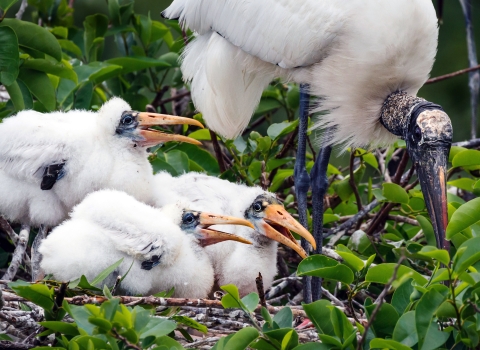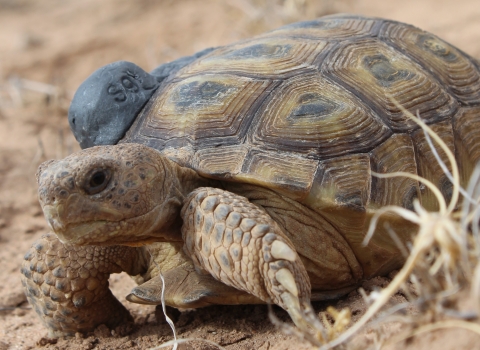PHOENIX–Following a 60-day public comment period, the U.S. Fish and Wildlife Service (Service) has finalized a recovery plan for the endangered beardless chinchweed (Pectis imberbis), an herbaceous plant native to the sky island mountains of southern Arizona and Sonora, Mexico.
Recovery plans are not regulatory but provide a framework for the recovery of a species with criteria and actions necessary for its recovery, or delisting, under the Endangered Species Act. This plan establishes a framework for agencies and cooperators to coordinate their recovery efforts, describes actions considered necessary for the recovery of the beardless chinchweed, and it provides estimates of the cost of implementing recovery tasks.
The beardless chinchweed is a flowering perennial plant of the sunflower family and occurs in the semi-desert grasslands, oak savannas, and oak woodlands at elevations of 3,800 to 5,700 feet in southern Arizona and Chihuahua and Sonora, Mexico. Most populations have low numbers of individuals and distribution has become limited, primarily due to the loss and degradation of habitat from nonnative plant invasion and alteration of the fire regime, drought and climate change climate change
Climate change includes both global warming driven by human-induced emissions of greenhouse gases and the resulting large-scale shifts in weather patterns. Though there have been previous periods of climatic change, since the mid-20th century humans have had an unprecedented impact on Earth's climate system and caused change on a global scale.
Learn more about climate change , and various human activities. It was listed as endangered with designated critical habitat in 2021.
A large part of the recovery plan and implementation strategy involves working with land managers to restore impacted sky island habitat through the introduction of locally sourced native plant seeds in association with reducing or mitigating the effects of its primary threats: non-native plant invasion, altered fire regimes, drought and climate change, border related activity, mining activity, livestock grazing activity, and recreation activity. With restored habitat for beardless chinchweed and its pollinators, the next step is introducing or reintroducing the plant to suitable areas.
The Service works with partners to assess beardless chinchweed populations and survey for additional populations, and funds research to increase knowledge of the species’ biology and life history. This final recovery plan was informed by botanists and ecologists from state and federal government agencies, as well as university and private scientists.
The final recovery plan is available online at the Species Profile for beardless chinchweed (Pectis imberbis) (fws.gov).
Today’s announcement comes as the Endangered Species Act (ESA) turns 50 years old in 2023. Throughout the year, the Department of the Interior will celebrate the importance of the ESA in preventing the extinction of imperiled species, promoting the recovery of wildlife and conserving the habitats upon which they depend. The ESA has been highly effective and credited with saving 99% of listed species from extinction. Thus far, more than 100 species of plants and animals have been delisted based on recovery or reclassified from endangered to threatened based on improved conservation status, and hundreds more species are stable or improving thanks to the collaborative actions of Tribes, federal agencies, state and local governments, conservation organizations and private citizens.



